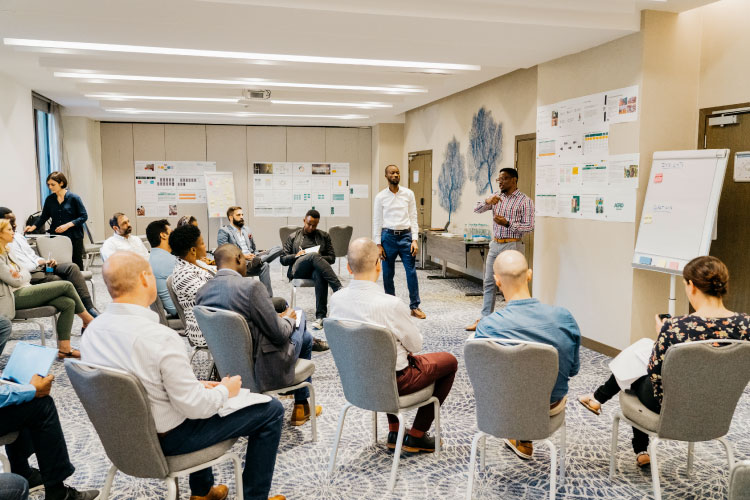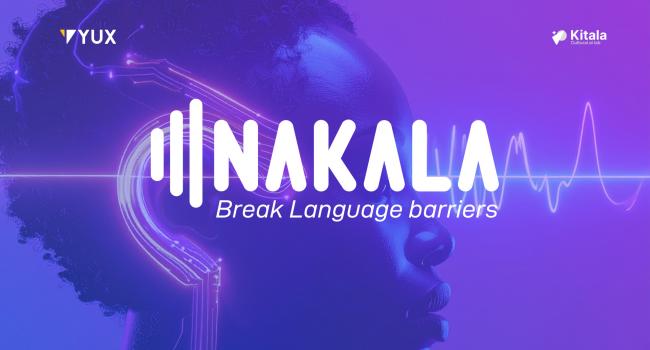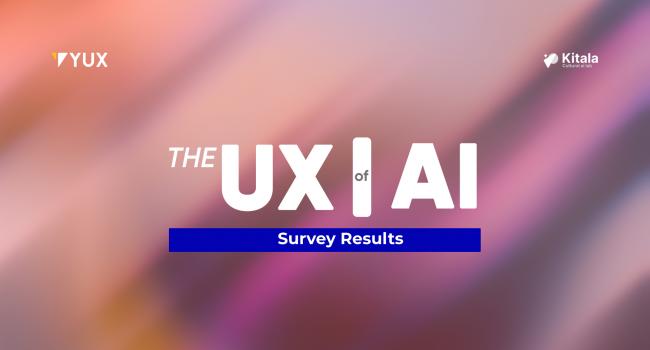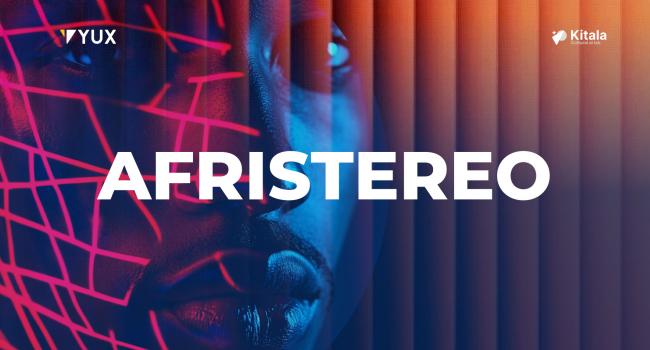In May 2022, the YUX Team (Angel, Matt & Yann) was in Nairobi, Kenya, for the GSMA Agritech Field Focus Week. As the global UX design partner for this GSMA team specialized in technologies for agriculture, we had the chance to see in person all the startups and mobile network operators we supported over the last 2 years. Here are some of the key findings we reflected on with MTN Rwanda, Vodacom Tanzania, Agromall Nigeria, Jazz, BKK & Ricult Pakistan, Dialog Sri Lanka and Koltiva Indonesia.
General learnings:
- Agriculture digitization in Africa or Asia, if well done all along the value chain (farmers, field agents, cooperatives, agribusinesses, etc) has the potential to yield amazing results in terms of adoption of Mobile Money and Digital Financial Services.
- Each region and value chain or crop has very peculiar challenges that you need to assess precisely to design relevant products.
- MNOs could gain in investing in agriculture digitization, but they should think carefully about the ideal approach: equity investment in an existing startup, partnership or revenue sharing or building in house capacity. It seems that outsourcing is more adapted for ops/in field teams while the tech part could be developed in house if the means and talents are available.
- The best outcomes generally come when MNOs see agritech as a long-term, high potential, independent Business Unit and when they create a dedicated team and branding around their solutions.
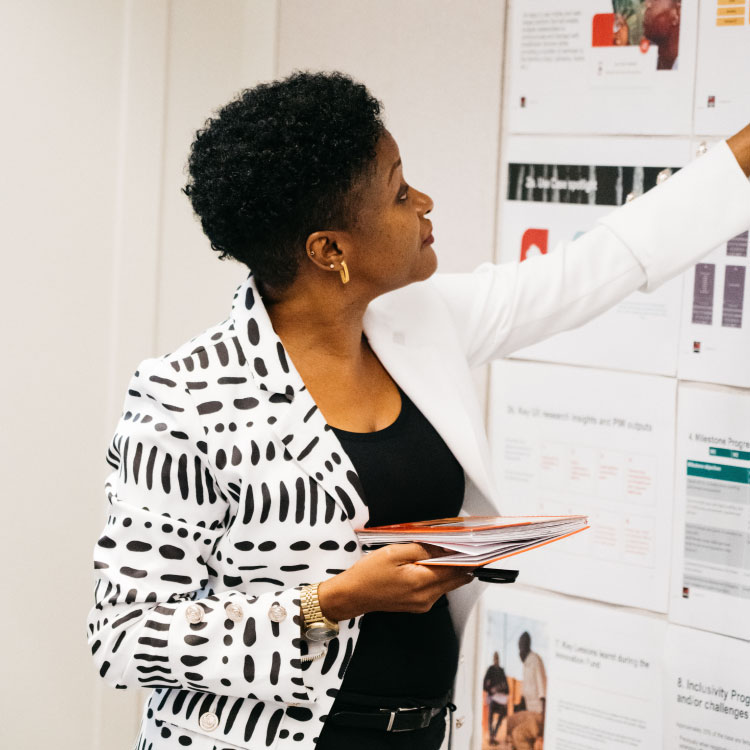
On USSD vs Apps
- There needs to be a balance between USSD/IVR, channels that work on basic phones that the majority of farmers hold today, vs apps that work on smartphones owned by younger farmers. Mobile apps are the future but USSD/IVR provide a clear entry point that can get farmers to experience some of the benefits of digitisation immediately.
- Increasing adoption of apps and smartphones requires a clear strategy for building digital literacy. Key areas to look into are the user experience (UX) or ease of use, onsite and online training on the apps, gamification, community based support and phone customer support, and most importantly useful content and features (weather and farming advisory, digital receipts, access to loans, etc).
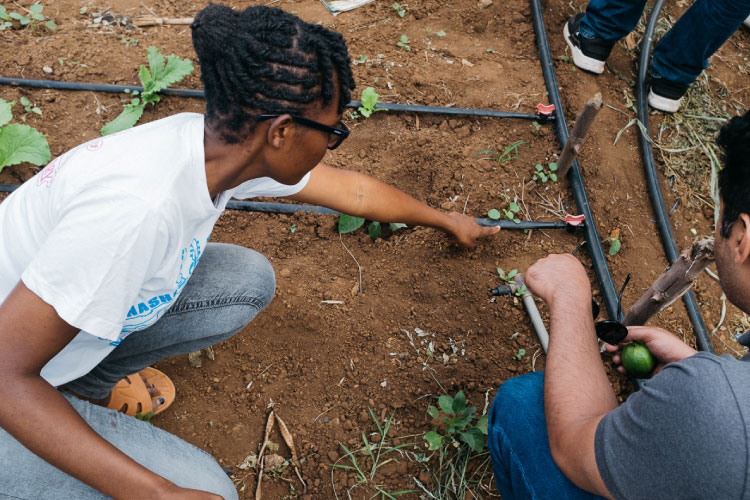
On advisory / extension services
- There is a clear need for advisory services for farmers, given adverse extension officer/farmer ratios in most countries. Some of these field agents are tasked to visit and support more than 1000 farmers by themselves.
- Designing advisory services should be more considered as an acquisition / retention / Added Value Service strategy than a profitable service in itself.
On Agriculture Field Agents
- A strong network of field agents or extension officers is vital for an efficient value chain digitization, but MNOs and agritech startups, mostly in Africa, are struggling to find the best way to make these networks scalable and sustainable.
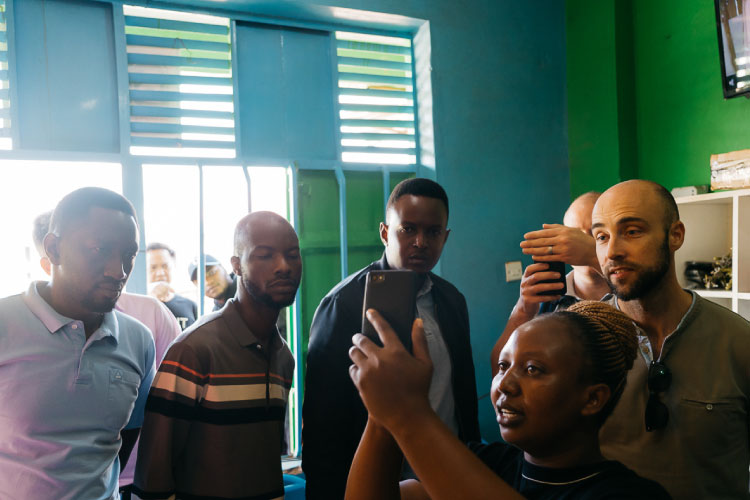
On loans
- If short terms / micro digital loans are quite easy to push to farmers, the impact lies in providing long term / asset loans, but these are not easy as you need a lot of crop collection and mobile money data to build a solid scoring and remove traditional collaterals asked by banks.
On the ideal Human Centered Design (HCD) Approach for agriculture
- The focus should not only be put only on digital solutions (or UX-UI design) but rather on service design and a holistic approach that includes operations, marketing and tech.
- The mix of quantitative (BI + surveys) and qualitative (UX) user research lead to very interesting outcomes in terms of new innovations and improvements of existing services.
- Iteration is the key. For each company, our team ran 3 rounds of UX research and product iteration over the 2 years - it's much more than what they were used to but we felt it was not even enough.
- Don't do focus groups for your UX research, they don't bring relevant insights due to social bonds / hierarchy between farmers - rather invest in user testing and individual interviews, notably from agents working closely with farmers.
- It's great to build the research capacity of the client and bring them in the field with you, but be careful of biases and always challenge early takeaways.
Thanks to the amazing GSMA team and all the grantees for their transparency and open minds when sharing learnings and feedback. That’s only the beginning.
